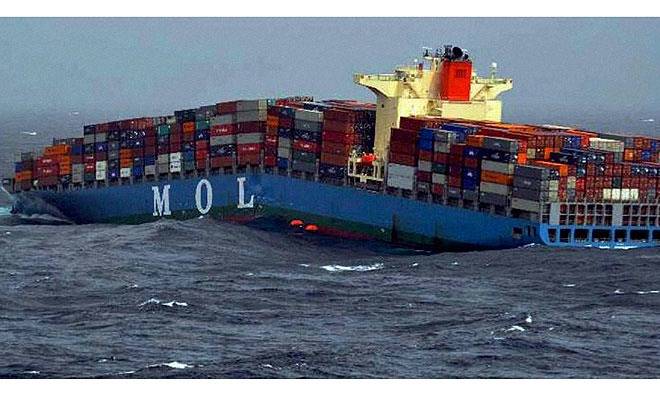TMON is the Tail shaft Monitering.
advantages as follows.
advantages as follows.
Purpose
To offer operators the opportunity to avoid withdrawing the tail shaft if indications show that the tail shaft and stern tube bearing and its systems are working satisfactorily.
Benefits
- Avoids time-consuming operations during dry docking
- Avoids the risk of damaging to the system during withdrawal
- Reduces costs
- Achieves an opportunity to monitor that the condition of the stern tube bearing and tail shaft are in good condition due to the system being followed up. When the system is properly implemented, the crew will be able to foresee possible damage and take preventive action
Features
This class notation is applicable to conventional propulsion systems. Tail shaft monitoring implies monitoring of the stern tube bearing, water content of the lub oil and litre lub oil refilled:
- The stern tube bearings are oil lubricated.
- A high-temperature alarm is fitted on the aft stern tube bearing.
- Where one interchangeable sensor is fitted, one spare sensor is to be stored on board.
- The setting of the stern tube high-temperature alarm should not exceed 65°C.
- The sealing rings in the stern tube sealing box must be replaceable without having to withdraw the shaft or remove the propeller.
- A system for measuring bearing wear must be fitted.
- Electrical grounding of the shafting is mandatory.
- The system must allow representative oil samples to be taken for an analysis of the oil quality under running conditions.
A written procedure for how to take oil samples is to be evaluated.
TMON gives the owner the opportunity to leave the tail shaft in position without pulling it out of the stern tube provided:
- The technical requirements are met.
- The TMON Record File is kept updated.
- Oil samples are regularly analysed and found to be satisfactory by a recognised laboratory.
- All stern tube bearing temperature values are within the manufacturer's recommended or limit values.



